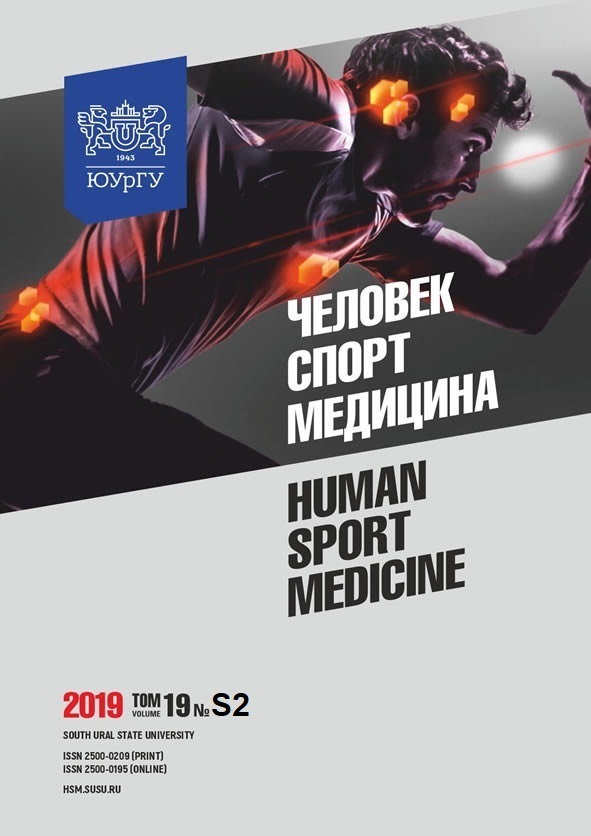THE CORRELATION BETWEEN ATTENTION, MEMORY, SEX HORMONES AND PHYSICAL LOAD IN GIRLS
Abstract
Aim. The purpose of the article is to establish the correlation between the content of gonadotropic and sex hormones and psycho-physiological indicators of memory and attention at rest and after load. Materials and methods. 32 females aged 18–23 years participated in the study. The content of follicle stimulating hormones (FSH), luteinizing hormones (LH), estradiol, progesterone, cortisol, as well as the quality of memory and attention after a 20-minute special cycle ergometer load of 24500 kg/m were studied. Results. There was an improvement in memory indicators, in particular: correct responses to numbers (p < 0.05) and images (p < 0.01), image search time (p < 0.01), memory volume (p < 0.01). A close correlation was revealed between the content of estradiol and attention distribution (r = –0.64; p < 0.05), search time (r = –0.52; p < 0.05), as well as between the content of progesterone and the number of errors (r = –0.91; p < 0.001). A direct correlation was revealed between FSH content and image memory volume (r = –0.53; p < 0.05). A significant negative correlation was established between the content of cortisol and psychophysiological indicators. Conclusion. The effect of physical load on the correlation between the content of sex hormones and cortisol with the indicators of short-term memory and attention was established in female students. The analysis of the relationship between hormone concentration and psychophysiological indicators at rest allows to suppose that the level of hormones affects short-term memory, attention, and the number of errors made. A favorable effect of FSH, estradiol, progesterone and the negative effect of cortisol on the cognitive processes in female students were registered.
Copyright (c) 2020 Human. Sport. Medicine

This work is licensed under a Creative Commons Attribution-NonCommercial-NoDerivatives 4.0 International License.















